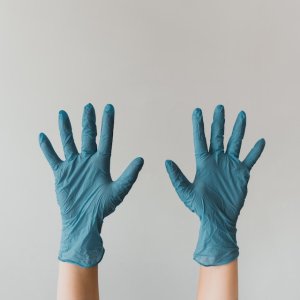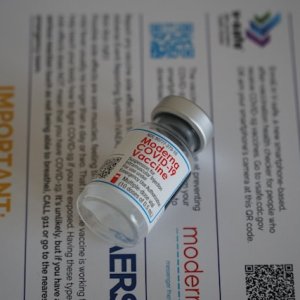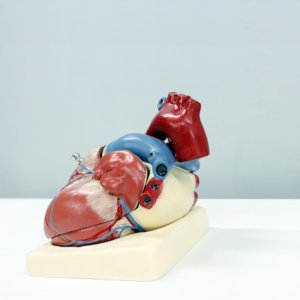
Mexico Registers 89 Leprosy Cases in 2020
 By Miriam Bello | Senior Journalist and Industry Analyst -
Wed, 10/21/2020 - 16:59
By Miriam Bello | Senior Journalist and Industry Analyst -
Wed, 10/21/2020 - 16:59
Between January and September 2020, Mexico has registered 89 leprosy (Hansen’s disease) cases in 18 states. Sinaloa and Michoacan report the majority of cases with 32 and 15, respectively. According to the Ministry of Health, the number of cases is lower than last year. However, the ministry is monitoring and tracing all cases as this infectious disease can be transmitted through nose and mouth droplets because of close and frequent contact with untreated cases.
WHO describes leprosy, or Hansen’s disease, as a chronic infectious disease caused by a slow-growing bacteria called Mycobacterium leprae. This disease affects skin, the peripheral nerves, mucosal surfaces of the upper respiratory tract and the eyes. Leprosy can present at all ages. However, when detected on time, leprosy is curable.
This infectious disease does not tend to spread easily and treatments are very effective to eradicate it from the body. But it left unattended, the nerve damage can result in crippling of hands and feet, paralysis and blindness. The treatment lasts from 6 to 12 months.
Why is leprosy a cause of concern in Mexico?
Leprosy signs can be visible within the first year of infection or take as long as 20 years to present themselves. Despite being an ancient disease, it was until 2016 that WHO launched the program: “Global Leprosy Strategy 2016-2020: Accelerating Towards a Leprosy-Free World.” The goal was to strengthen the efforts of the organization and individual governments to eradicate the disease. This strategy has three pillars:
- Strengthening government ownership, coordination and partnership.
- Stopping leprosy and its complications by raising awareness of the disease.
- Stopping discrimination and promoting inclusion of people who suffer and have suffered from leprosy.
The main targets of this strategy are to achieve zero disabilities among pediatric patients, a grade-2 disability rate of less than one case per 1 million people and zero countries with legislation allowing discrimination against leprosy patients.
Just like it happened with any other treatment, COVID-19 has impacted continuity of leprosy treatments. A study by UK’s Lepra organization reports that more than half of the beneficiaries subscribed to the organization reported difficulties accessing their routine healthcare appointments. Moreover, according to a report by PLOS Org, maintaining personal hygiene on their own is another major challenge for people suffering from leprosy. “Leprosy, as a poverty-related disease, would affect the patients' availability to access soap and sanitizers for hand washing, which increases the risk of contracting COVID-19.” That same study suggests that COVID-19 evidenced many of the conditions that have made eradicating leprosy an ongoing challenge. “There is an absolute need for addressing the underlying social structures that translate into food insecurity, housing insecurity, lack of education, living in poor sanitary conditions, malnutrition or poorly nutritional diets and living lives with more dignity.”
















